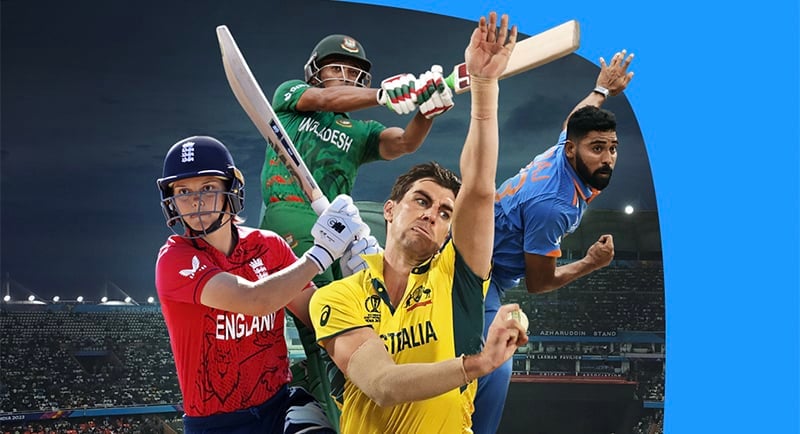To wrap up 2023, Mediaweek is looking at the biggest trends, events, platforms, and brands of the year. Welcome to Mediaweek’s A to Z of 2023 … and beyond.
By Bridget Fair, Chief Executive Officer, Free TV
There’s no doubt the media sector is changing rapidly but one thing that hasn’t changed is Australians turning to free-to-air TV for the big stories and the big moments. The Matilda’s semifinal defeat to the Lionesses in the Women’s World Cup averaged 7.13 million viewers nationally and reached 11.15 million in total, the biggest audience ever for any event broadcast on Australian TV. The AFL and NRL Grand Finals turned in similarly impressive figures, with more than 4 million Australians tuning in to watch the Magpies and the Panthers triumph.

Audiences continued to transition from linear terrestrial broadcast to live streaming for their free television services. The proportion of the sports audience watching on BVOD has more than tripled in the past three years. About 15-20% of people now access their free TV services using BVOD apps and this number continues to grow. There have been close to a million new homes built in Australia over the past five years, and the Federal Government is promising a million more in the next five.
Almost none of these new homes will have an aerial, meaning that an increasing number of Australians will no longer have the option to access terrestrial broadcast services. Combined with those viewers now choosing to access content over the internet, it is no surprise that some broadcasters have forecast that up to 50% of their viewing will occur using BVOD apps by the end of the decade. This has important implications for the industry and in particular for media regulation.
2023 has been a big year for media regulation and this looks likely to continue into 2024. There is a growing appetite for more rules in a range of areas, particularly advertising, which played out with the Online Gambling inquiry’s recommendation to ban wagering advertising across TV and other platforms. This is one trend that most certainly looks likely to continue into 2024, with cross-benchers calling for further regulation of other categories such as fast food, alcohol and fossil fuels. The light has gone on in Canberra that there is a direct relationship between the evolving viewing behaviour of audiences and the achievement of broader public policy objectives that rely on the sustainability of local TV services.
The shift from broadcast to online viewing has placed pressure on the Government to act on the issue of prominence. TV manufacturers and platform providers are acting as gate-keepers, self-preferencing paid subscription content, pushing free TV apps off the home screen and making them harder to install on smart TVs, eroding consumer choice and posing a major threat to broadcasters’ ability to continue to fund trusted local news, original local entertainment and live and free sport.

The Amazon ICC Cricket World Cup deal announced in early December made it abundantly clear that subscription streaming services with deep pockets are coming for the iconic sporting events Australians love, just like they have with the NFL in the US and Premier League in the UK. Without updates to our anti-siphoning rules to bring them into the streaming age, there is a real risk we could lose the free broadcast of big events like the Matildas, so we can expect this debate to continue well into 2024.
See Also: Mediaweek’s A to Z of 2023: B is for BVOD
–
Top Image: Bridget Fair
